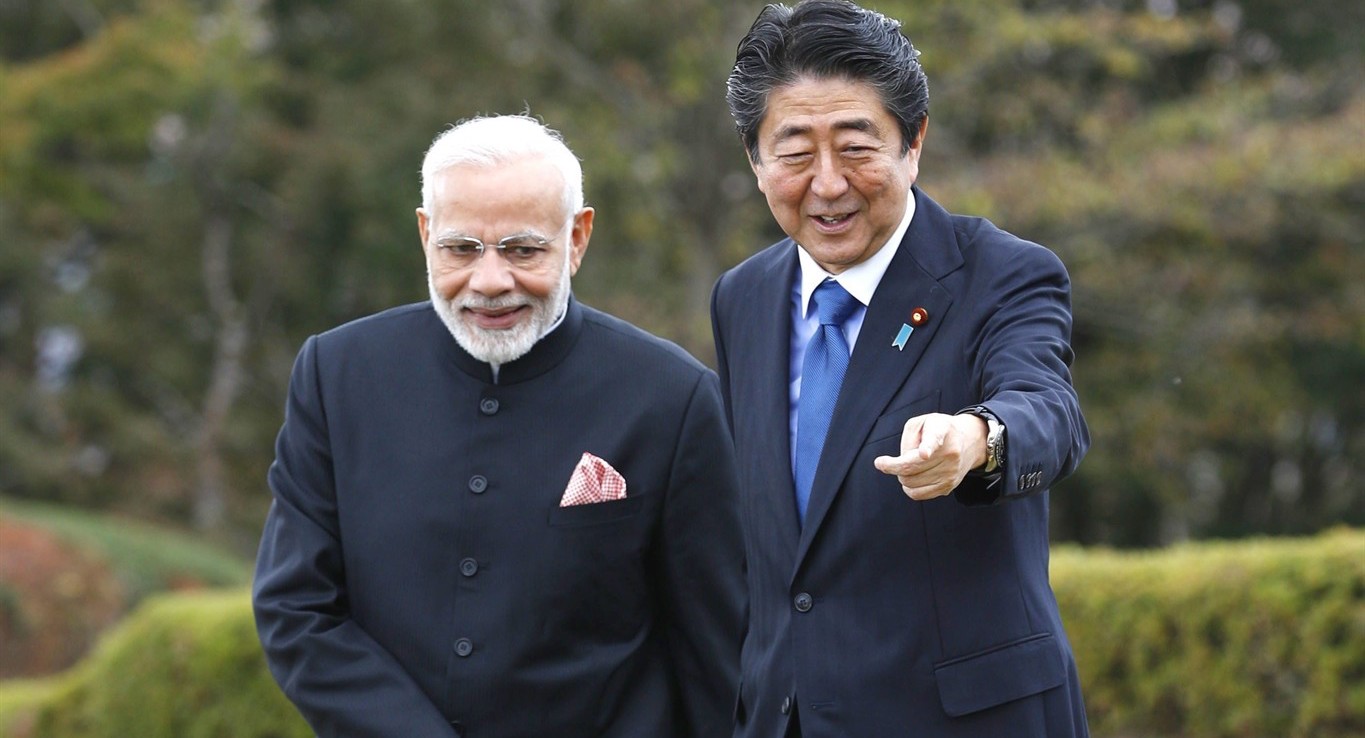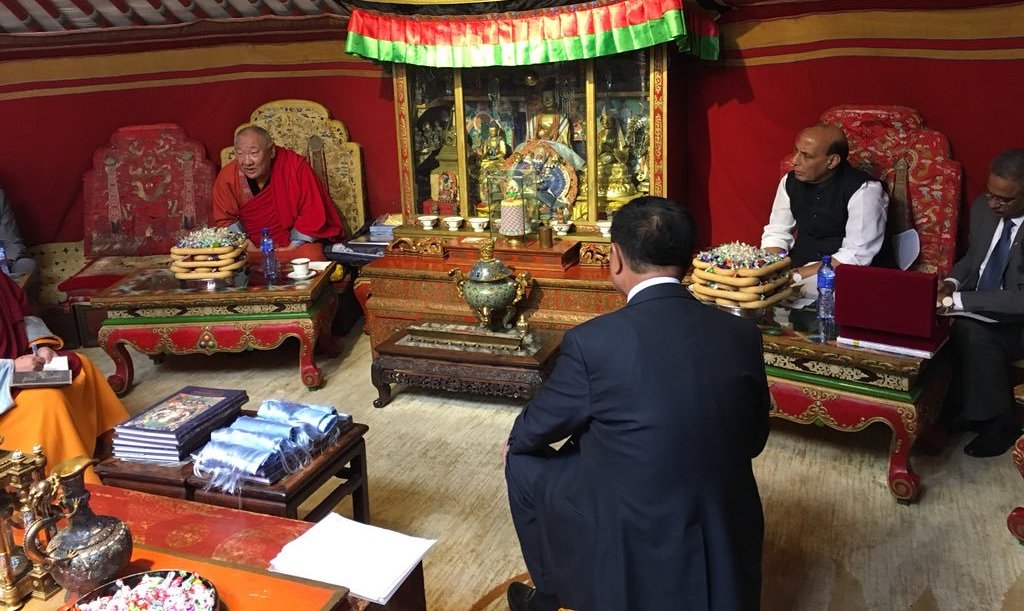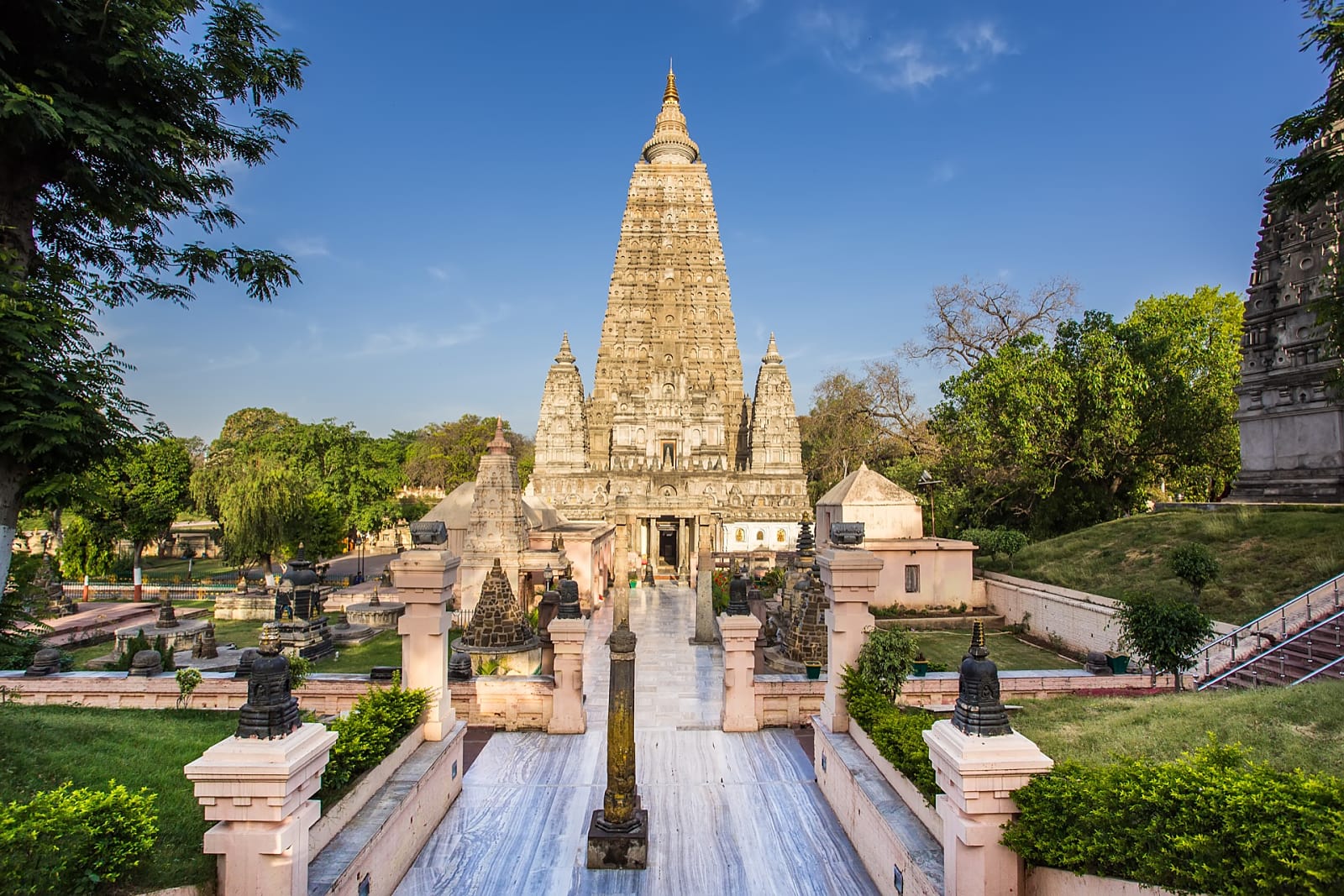In May’s Indian elections, PM Narendra Modi’s BJP fared considerably well, indirectly securing a mandate for its Buddhist diplomacy. This “quiet” exercise of power began several years ago in September 2015, with the Vivekananda International Foundation’s (VIF) first Samvad conference. For this event we were taken to the diplomatic enclave of Chanakyapuri in New Delhi, and it was framed, almost with an ironic wink, as an interfaith “Hindu-Buddhist” initiative. At the inaugural conclave, Modi, in person, and Japanese PM Shinzo Abe, through conference call, outlined their understanding of Indo-Japanese affinities through the continuity of Buddhism from India to Japan.
Back then, I was unsure of Samvad’s significance. Buddhism moves discreetly and subtly, and not every meeting bears long-term fruit. Furthermore, Modi had met with Chinese leader Xi Jinping just a few months earlier in May, during which both stressed the importance of Sino-Indian Buddhist ties. With the benefit of hindsight, we can recall in 2015 that India was still on the fence about embracing the Belt and Road Initiative (BRI). Events over the last half of a decade suggest that the Shinzo-Abe Buddhist bond is deeper than lip service to shared heritage.
The narrative of a shared democratic political tradition is an important motivation for this bond. India and Japan are also the primary beneficiaries of the Trump administration’s reframing of the Asia-Pacific as the Indo-Pacific, with India and Japan playing the foremost counterweights or alternatives to China’s BRI. Finally, over the years China has supported the development of Buddhist sites in allies like Nepal, Pakistan, and Sri Lanka—moves offensive to India. Meanwhile, Japan has proposed to invest funds in and send monastics to Bodh Gaya, which India insists is the true center of the Buddhist world. The development of a “Buddhist tourism circuit,” a project supposed to connect Buddhist sites for foreign pilgrims and tourists, is welcoming of Japanese advisors and resources. This mutually reinforcing loop has proven to be of great value to Modi and Abe, and is unlikely to be casually disrupted.

Since 2015, India’s Buddhist diplomacy has increasingly been defined in opposition to Chinese moves. A particularly dangerous flare-up occurred in the standoff at the Bhutanese area of Doklam from 16 June to 28 August of 2017. This had been preceded by the Dalai Lama’s presence at a government-approved “International Buddhist Conference” in March at Rajgir, which was steered by the Ministry of Culture. In the months leading up to June, the Dalai Lama gave teachings at several sensitive areas near the Sino-Indian border.
While some observers and journalists concluded the end of the Doklam standoff to constitute an Indo-Bhutanese victory (China halted construction of the railroad it had been building), India also moderated its expectation that the Dalai Lama must always serve as unofficial leverage. The shadowboxing nevertheless continued. The 6th International Buddhist Conclave in August last year hosted the Japanese ambassador and featured Japan as the partner country. In my experience, the Ministry of External Affairs never directs this kind of quiet diplomacy. Rather, it has been traditionally outsourced to key players like VIF and the International Buddhist Confederation (IBC), with the ministries of culture and tourism playing secondary roles.
Things have not stood still since last August, the last time I was in India. The government has moved quickly to capitalize on their 2019 election mandate. The most geopolitically significant move this year was assigning a new legal status to what is now the Union Territory of Ladakh (which has a large Buddhist population), splitting it from Jammu and Kashmir. We can also read the runes of recent movements. Just over the weekend of the 17th and 18th of August, the Bhutanese and Indian governments reaffirmed their historical ties with a meeting between Modi and Bhutan’s royals. VIF will shortly host its first Samvad conclave in Ulaanbaatar from 6–7 September. Gandantegchenling Monastery is Mongolia’s center of Buddhist authority. Its abbot, Lama Gabju Choijamts Demberel, is the supreme leader of the Centre of All Mongolian Buddhists.

VIF seems to have two strategic reasons for reaching out to Mongolian heads. The first, as highlighted earlier, is to build connections between Buddhist leaders of “Asian democracies.” Several Southeast Asian nations are part of this entente, including Myanmar, Thailand, and Vietnam. Looking at a world map, it becomes clear that India hopes for Mongolia to complete a circle of countries to nurture its vision of Buddhism in Asia.
The second reason for VIF is to resolve or at least balance the Gelug connection, which is a thread connecting the Eurasian giants of Russia, India, and China. Despite his presence in the US and the West, the Dalai Lama has enjoyed friendly ties with Russia since the days of the Soviet Union. Telo Tulku Rinpoche is his student and the leader of the Gelug establishment in the autonomous republic of Kalmykia. Russia’s political leadership almost never publicizes this relationship, due to its far closer relationship to China, and it is not surprising that Mongolia’s spiritual players feel it important to maintain Russian relations. India probably hopes that even if Gandantegchenling Monastery must realistically maintain these ties, Dharamshala holds the most important card as the center of the Gelug world.
Indian strategic culture has historically been fluid, and Samvad’s evolution over half a decade reflects this mentality. On their own, the events are thematically disjointed and not always easy to follow. It was only over almost five years, and taking together a series of many conferences and meetings across Asia hosted by different bodies, that a kind of “ecology” of Buddhist diplomacy could be discerned.
Raymond Lam is senior writer of BDG

